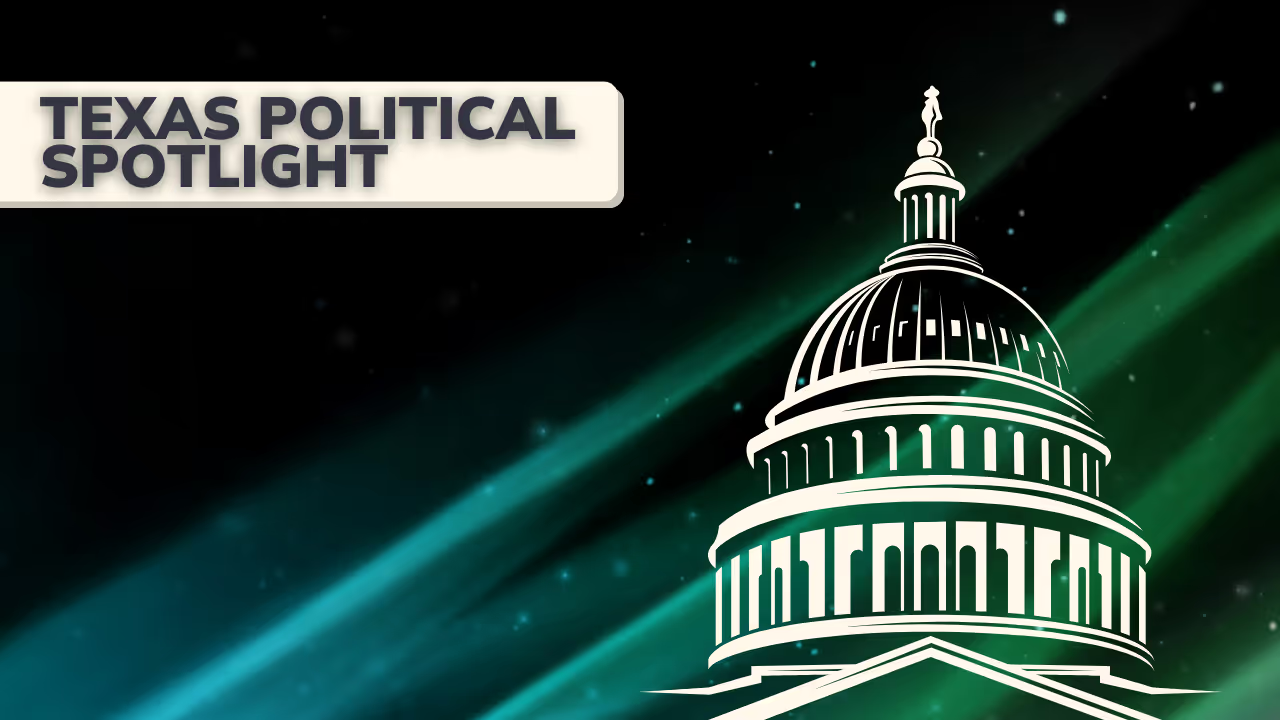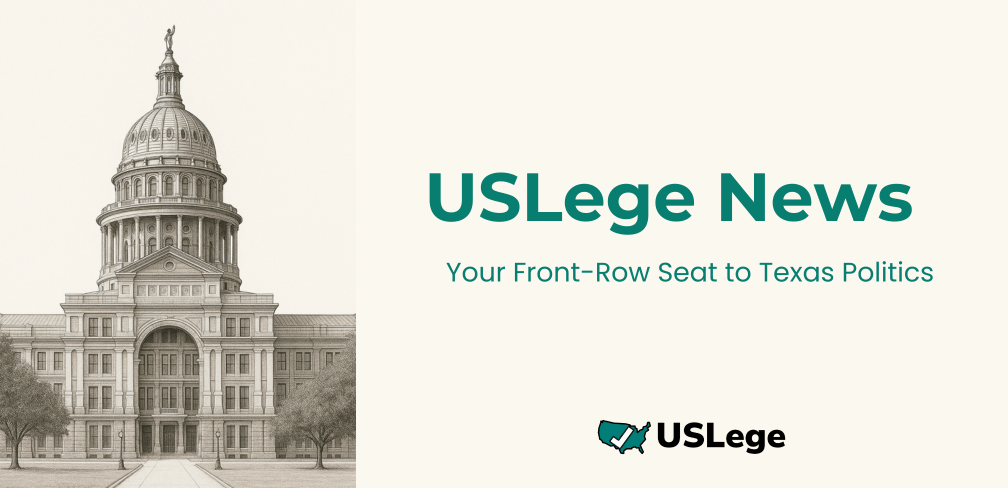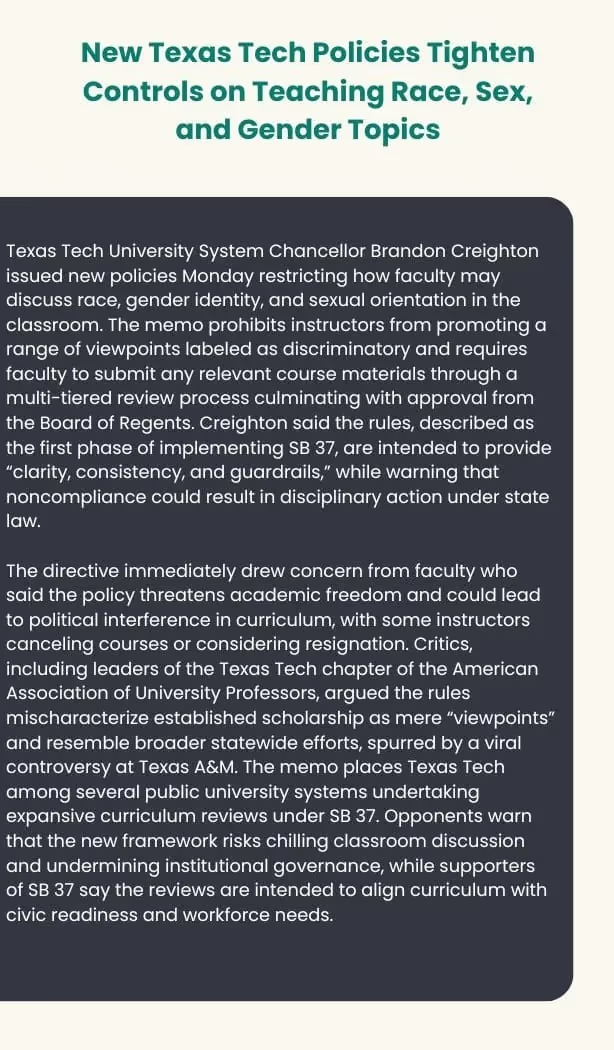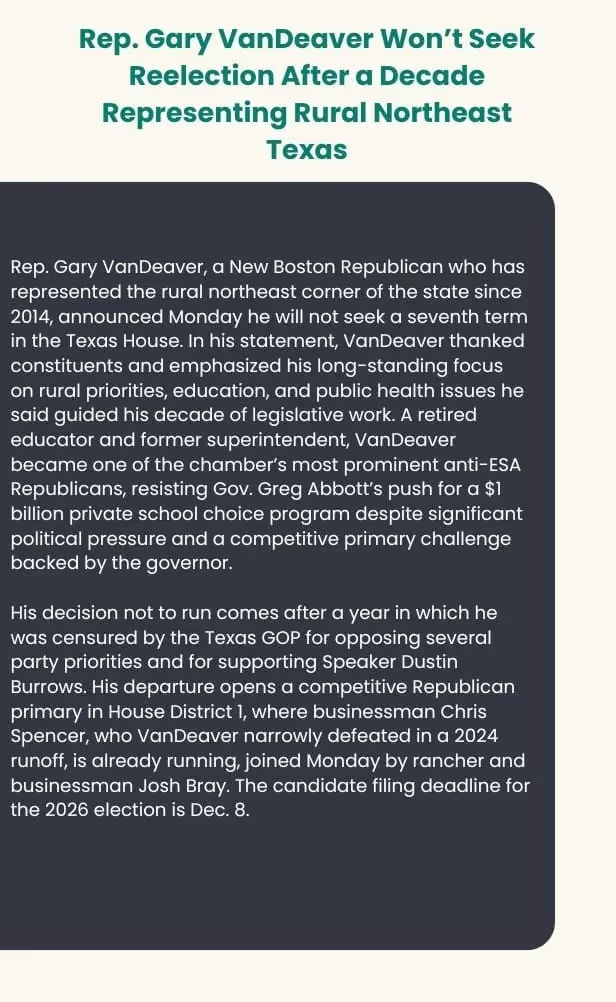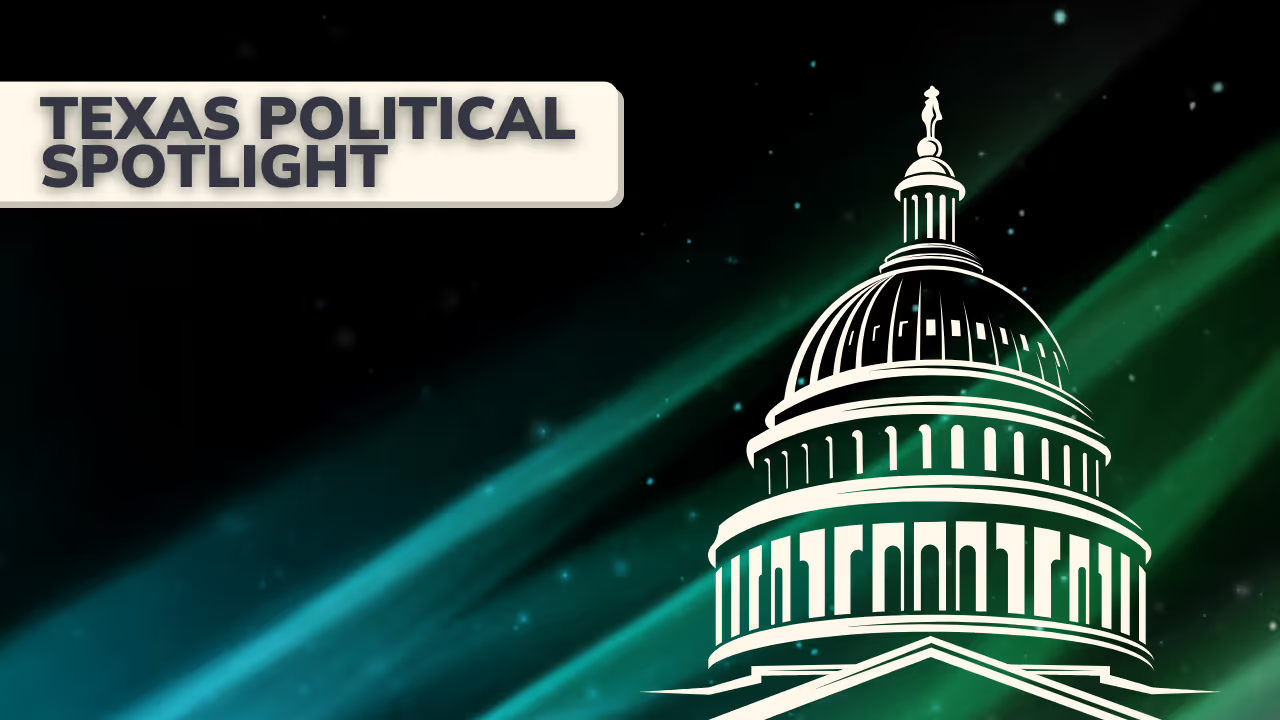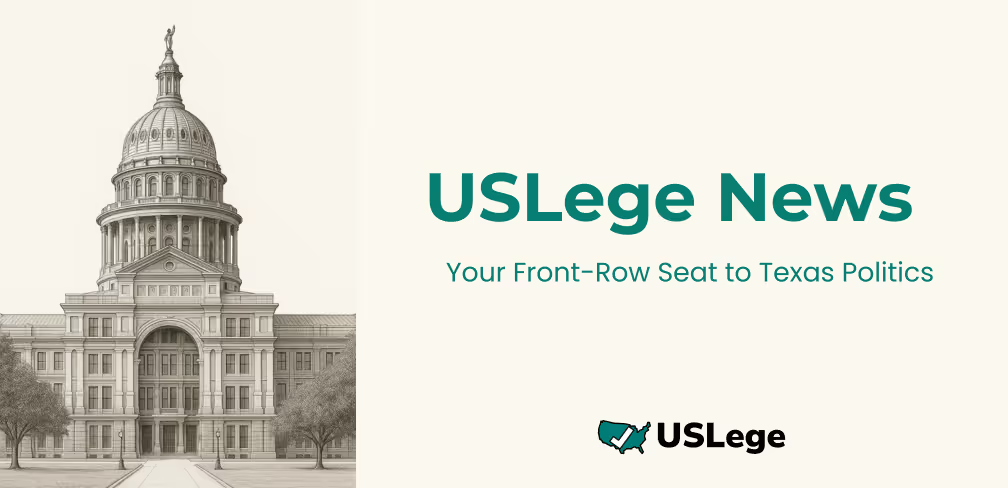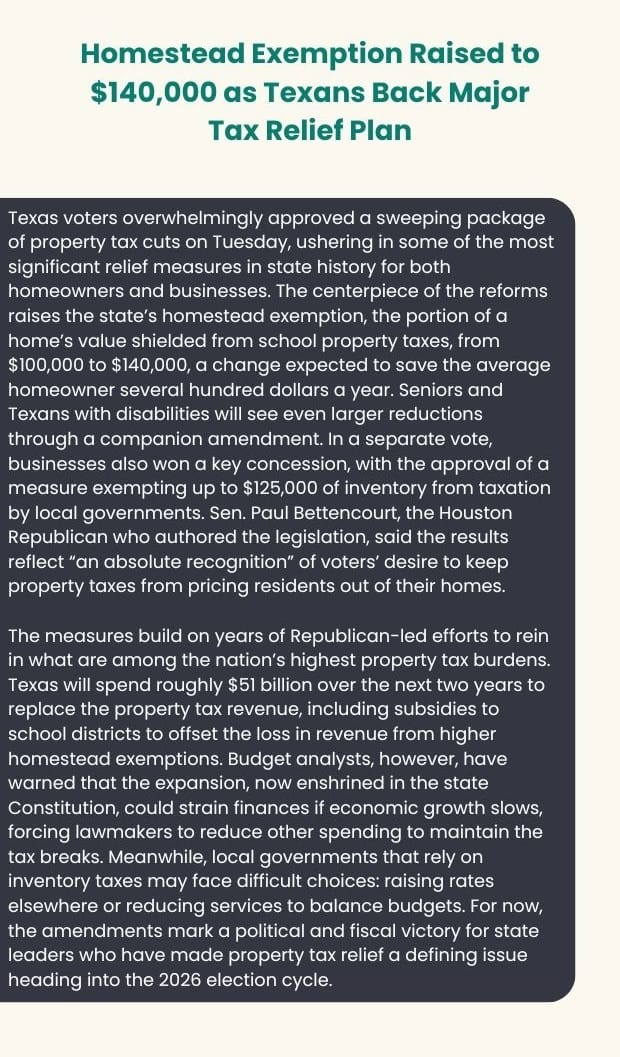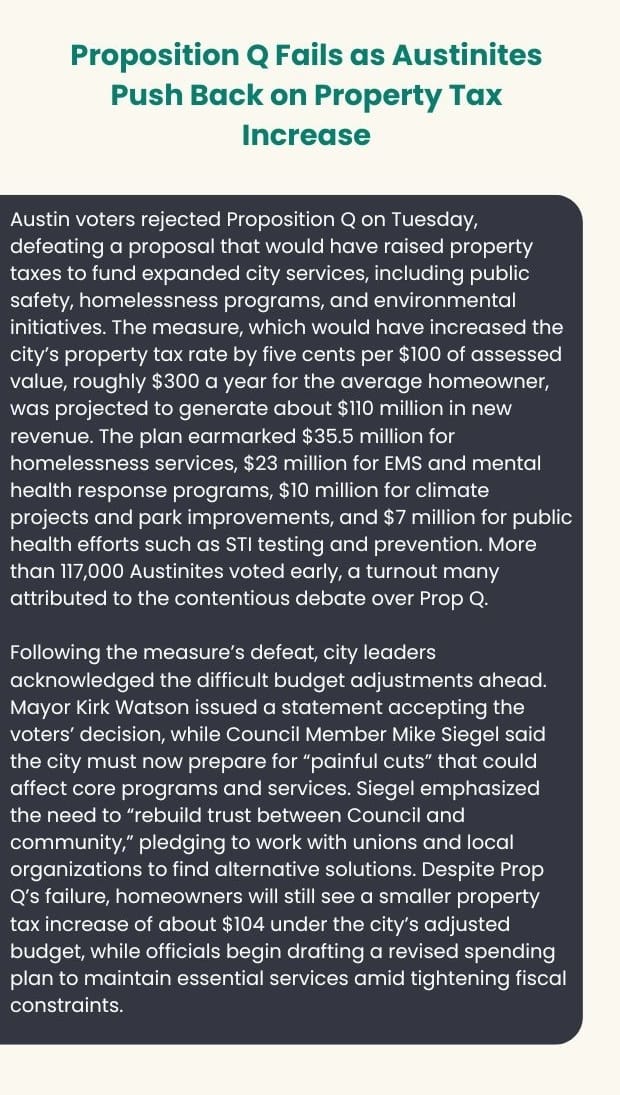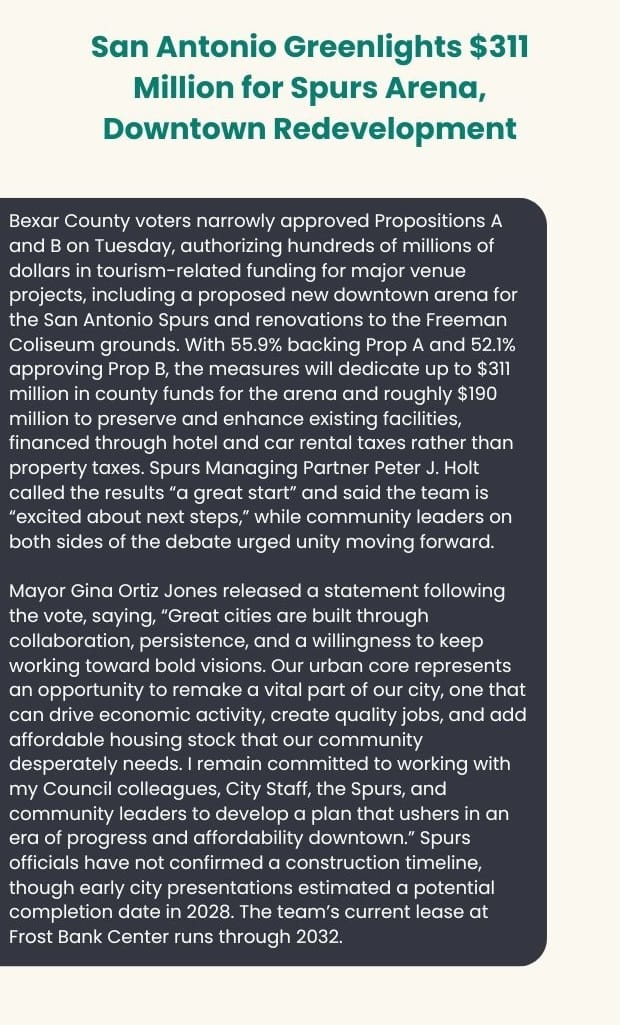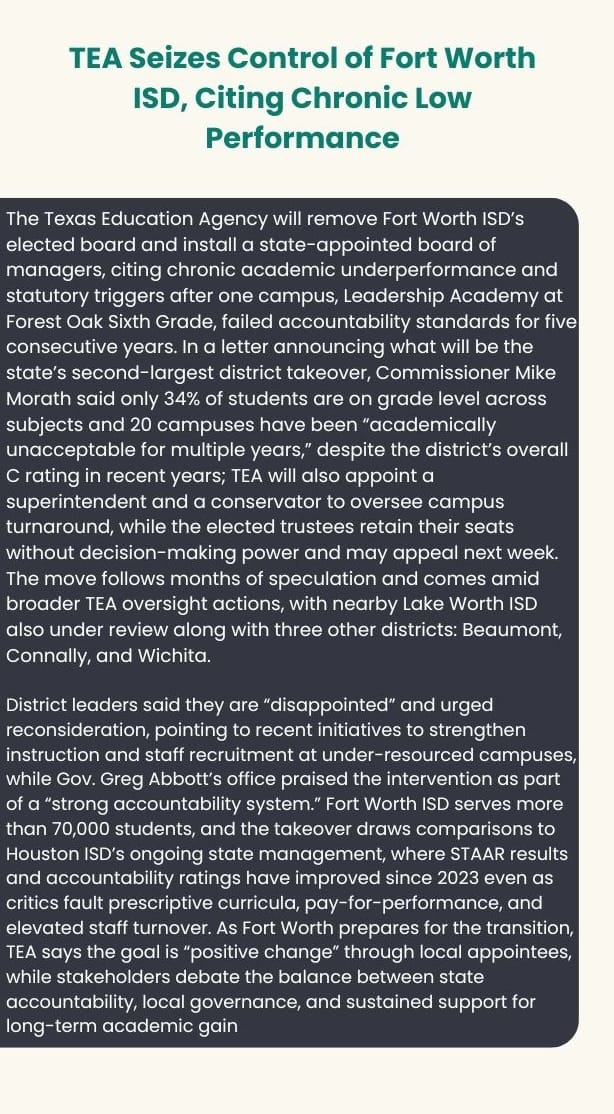Today we begin our look into how straight-ticket voting has played out historically in today’s more competitive districts, starting with HD107 in Dallas Co. We chose to begin here because this district was mentioned in a recent Texas Tribune article discussing the potential impacts of straight-ticket voting on down-ballot races, such as state representative.
HD107 is held by Rep. Kenneth Sheets (R-Dallas), who is seeking his fourth term. He is opposed by Dallas attorney Victoria Neave. There are no minor party candidates in the race. Neither candidate had a primary opponent, so the latest campaign finance information available is from January. As it is configured today, HD107 leans Republican, but it tends to be more competitive in presidential election years. In 2012, Sheets won re-election against former Rep. Robert Miklos, 51%-49%. Two years ago, Sheets defeated Carol Donovan, 55%-45%. The reason for this is fairly straightforward. Twice as many people cast straight Democratic votes in presidential election years than in gubernatorial election years in HD107. The district seems to be trending Democratic, but slowly. Democratic straight-ticket voting – measured either as the number of votes or as a percentage of all votes cast – has risen significantly since 2000 while Republican straight-ticket voting has remained largely flat. Estimates of the number of straight-ticket and full-ballot votes cast in what is now HD107 in the 2000, 2004 and 2008 presidential elections are shown below. The actual number of those votes cast in HD107 in the 2012 presidential election is also shown below.
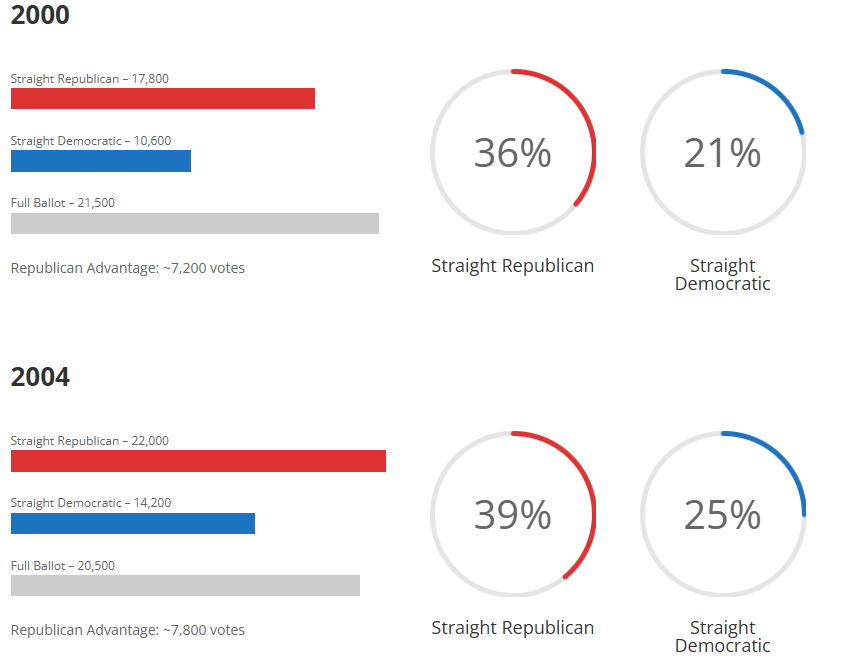
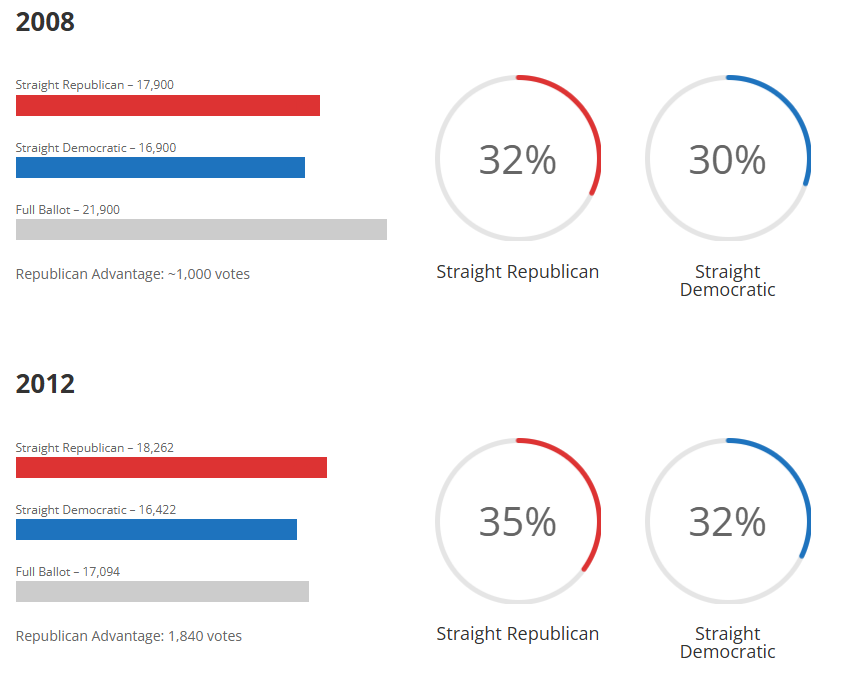
Democrats came closest to the Republicans in 2008, when presidential nominee Barack Obama brought hundreds of thousands of new Democratic voters to the polls. Many did not return in 2012, and Republicans gained back some of the advantage they lost in HD107. However, the currently drawn HD107 was much friendlier to Republicans in 2000 and 2004. Measured as the percent of ballots cast, Democratic straight-ticket voting in the current HD107 has increased in every presidential election since 2000, rising from about 1 out of every 5 votes cast in 2000 to almost 1 out of every 3 votes cast in 2012. The same is true for gubernatorial election cycles, but the percentages are smaller. Straight-ticket Democratic votes comprised about 22% of all votes cast in the current HD107 in 2002. In 2014, straight-ticket Democratic votes comprised 27% of all votes cast, up slightly from 2010 (26%) and 2006 (24%). Also note that full-ballot voters do not represent a plurality of all votes cast. In 2012, two out of every three votes cast was straight-ticket. This does not leave a lot of room for a candidate to overcome a large straight-ticket voting disadvantage, but there are potential paths to victory for a Democrat if 2016 hews more closely to 2008 than 2012. For example, Neave would need 53% of full-ballot votes to defeat Sheets if:
- about 52K people vote in HD112 (same turnout as 2012)
- about two-thirds of those voters cast a straight-ticket ballot, and
- Republicans have a 1K-vote advantage (same advantage as 2008).
If Democratic turnout more closely mirrors 2008 than 2012, then Neave’s winning a smaller share of full-ballot voters would be enough to flip the seat. We will explore this race further later this summer. We will also publish similar analyses for other competitive or potentially competitive races.





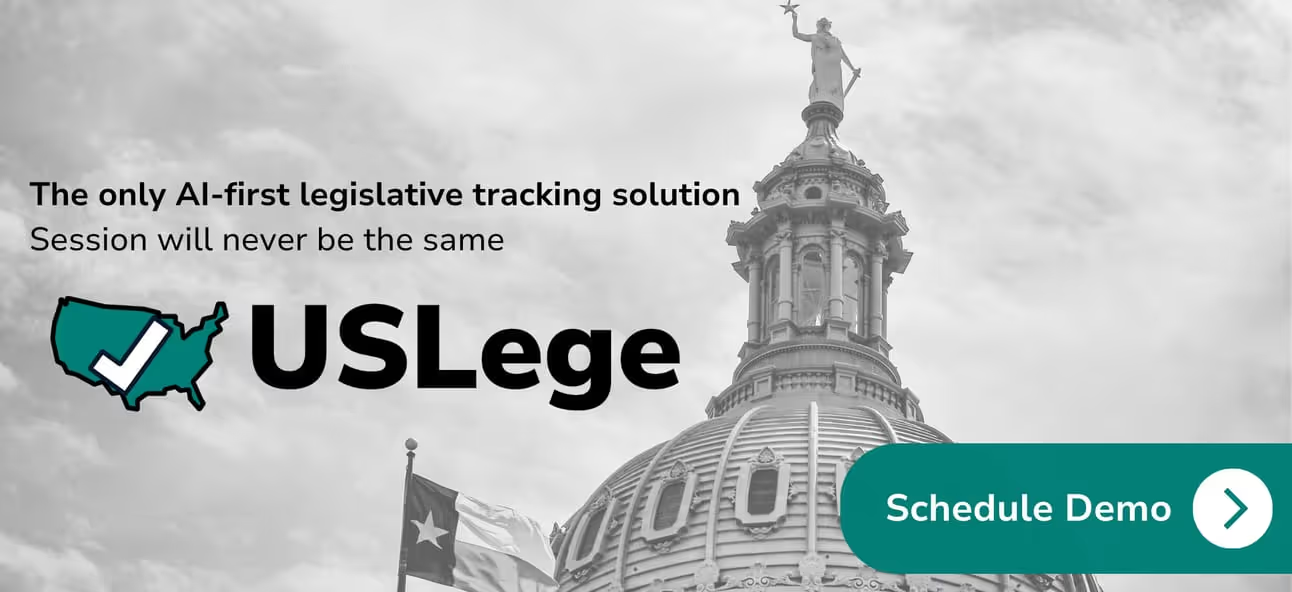
.avif)

















.avif)
